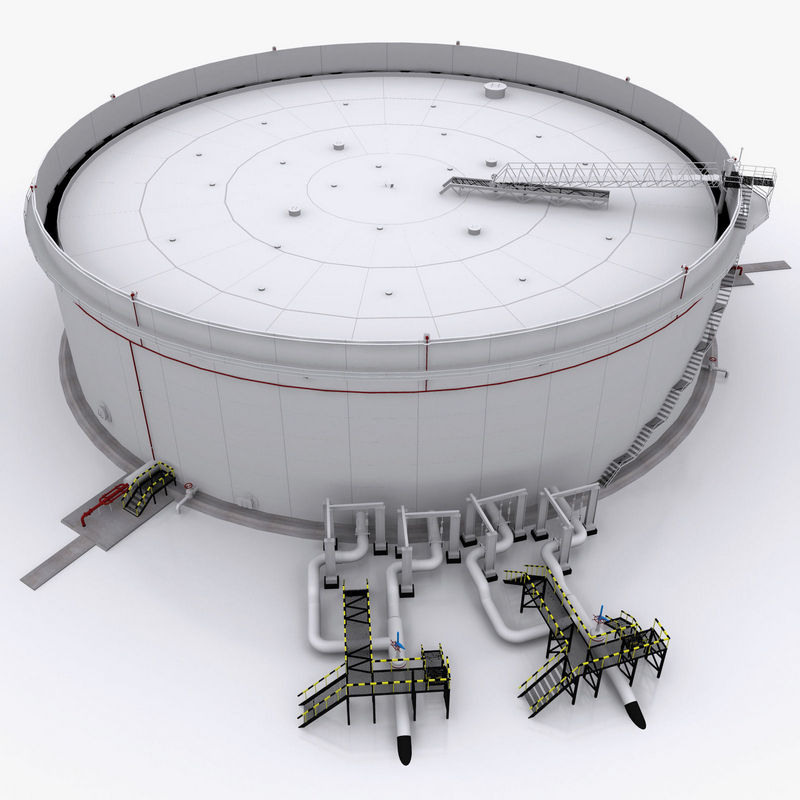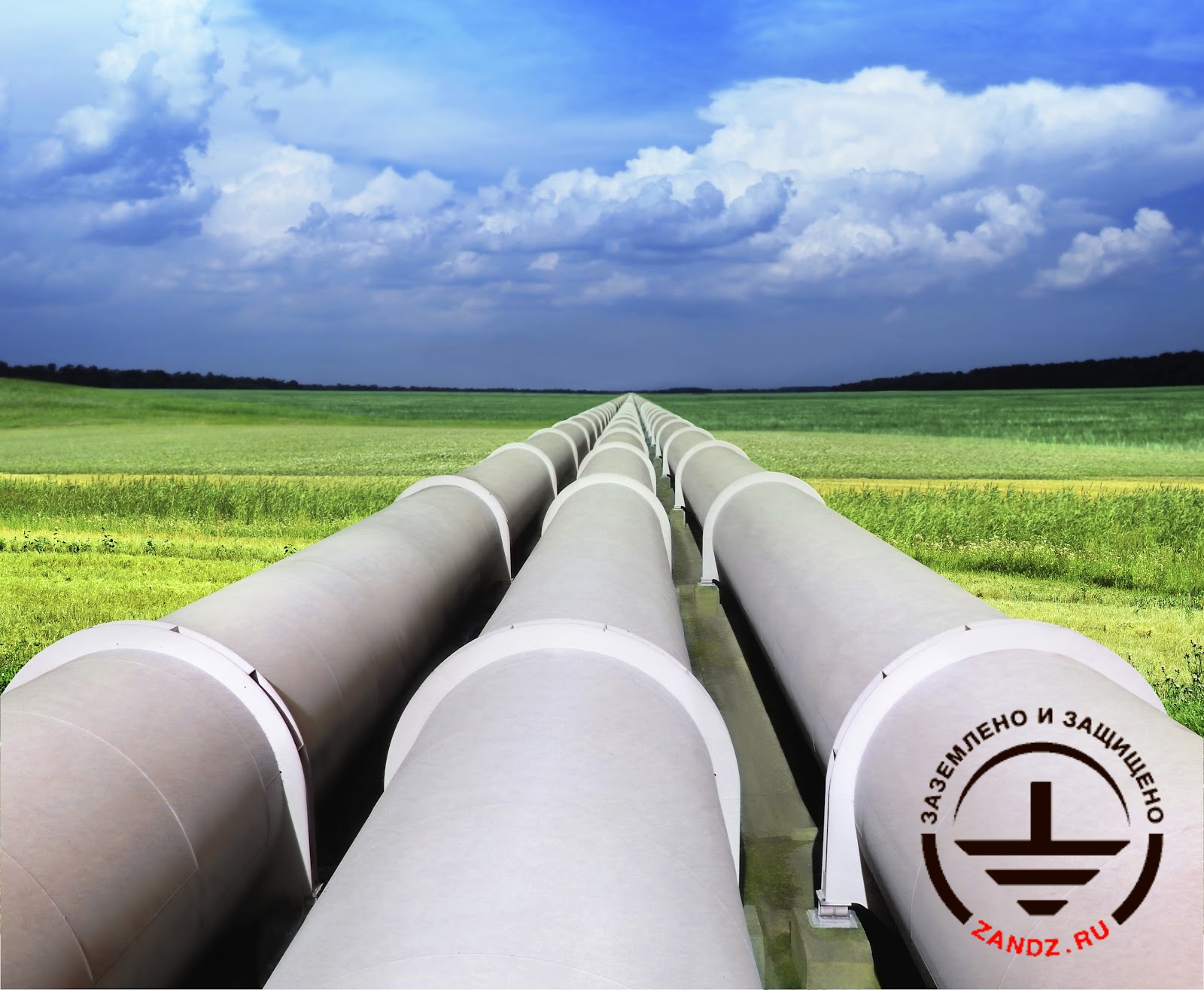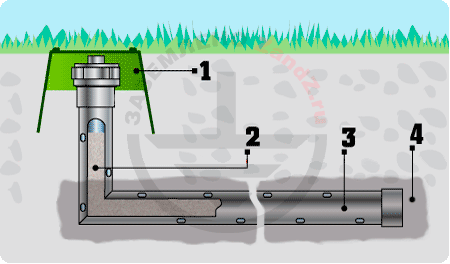
When storing fuels and lubricants, a major problem is expansion and contraction of the fluid depending on the temperature of the environment. In case when a storage represents itself a rigid metal tank, then some space filled with air is left in it so that, due to compression-expansion, there is no deformation of the container. Fuel and lubricants evaporate into this space. When the storage is small and there are no special requirements to its security, these vapors are simply vented into the atmosphere. Thus, there occur losses of the stored substance, as well as air pollution by unhealthy vapors.
There is a way out of this situation - to make the roof of the storage floating in the liquid that is placed in it. The surface of the liquid should be closed, which will protect it from evaporation. Between the roof and the walls of the tank, a draught seal made of elastic material, that does not allow air, vapors and the liquid itself get in, is installed. Moreover, losses due to evaporation of the liquid become so small that they can be neglected.
Clause 2.21 of the “Instructions on lightning protection of buildings and structures” AD 34.21.122-87 states: “... On tanks with floating roofs or pontoons, at least two flexible steel jumpers must be installed between floating roofs or pontoons and the metal body of the tank or down conductors installed on the tank lightning rods. "
Read more details in our article "protection of fuel storages with floating roof from static electricity".
Related Articles:




